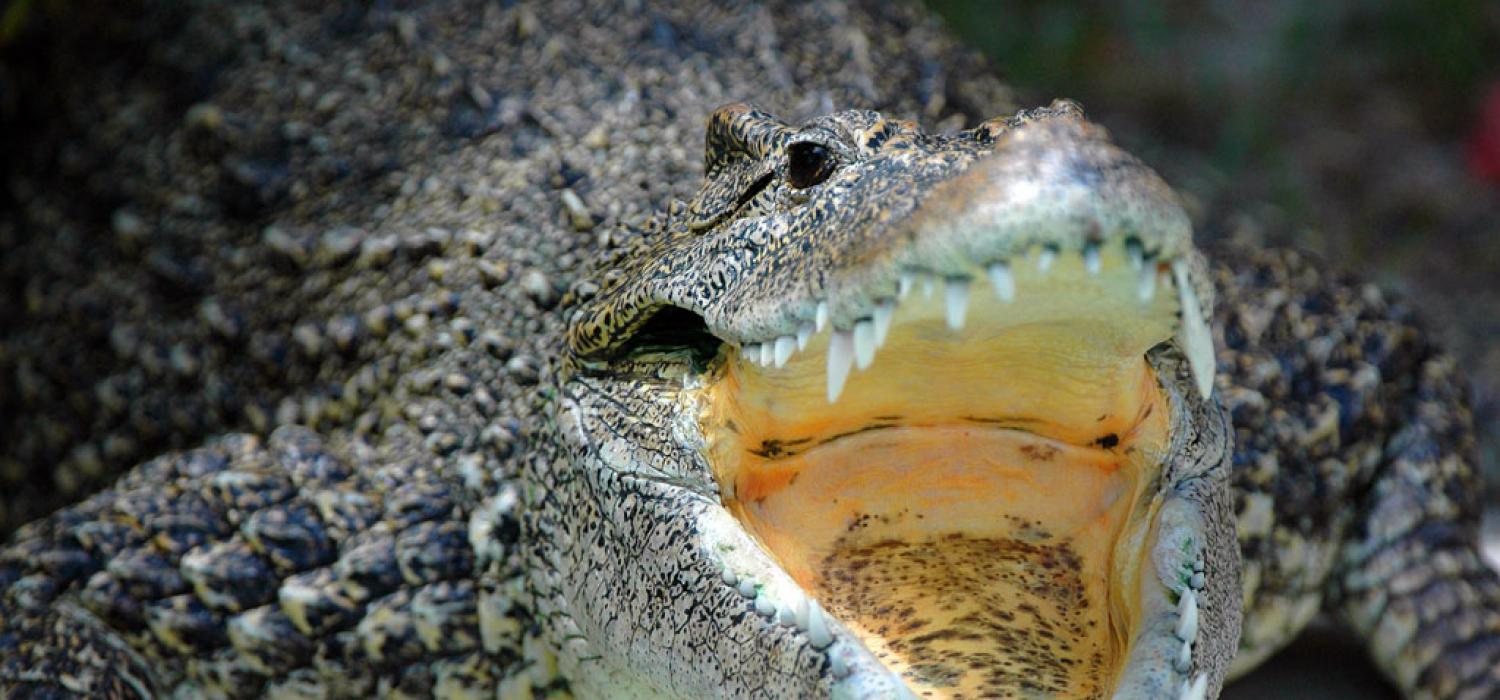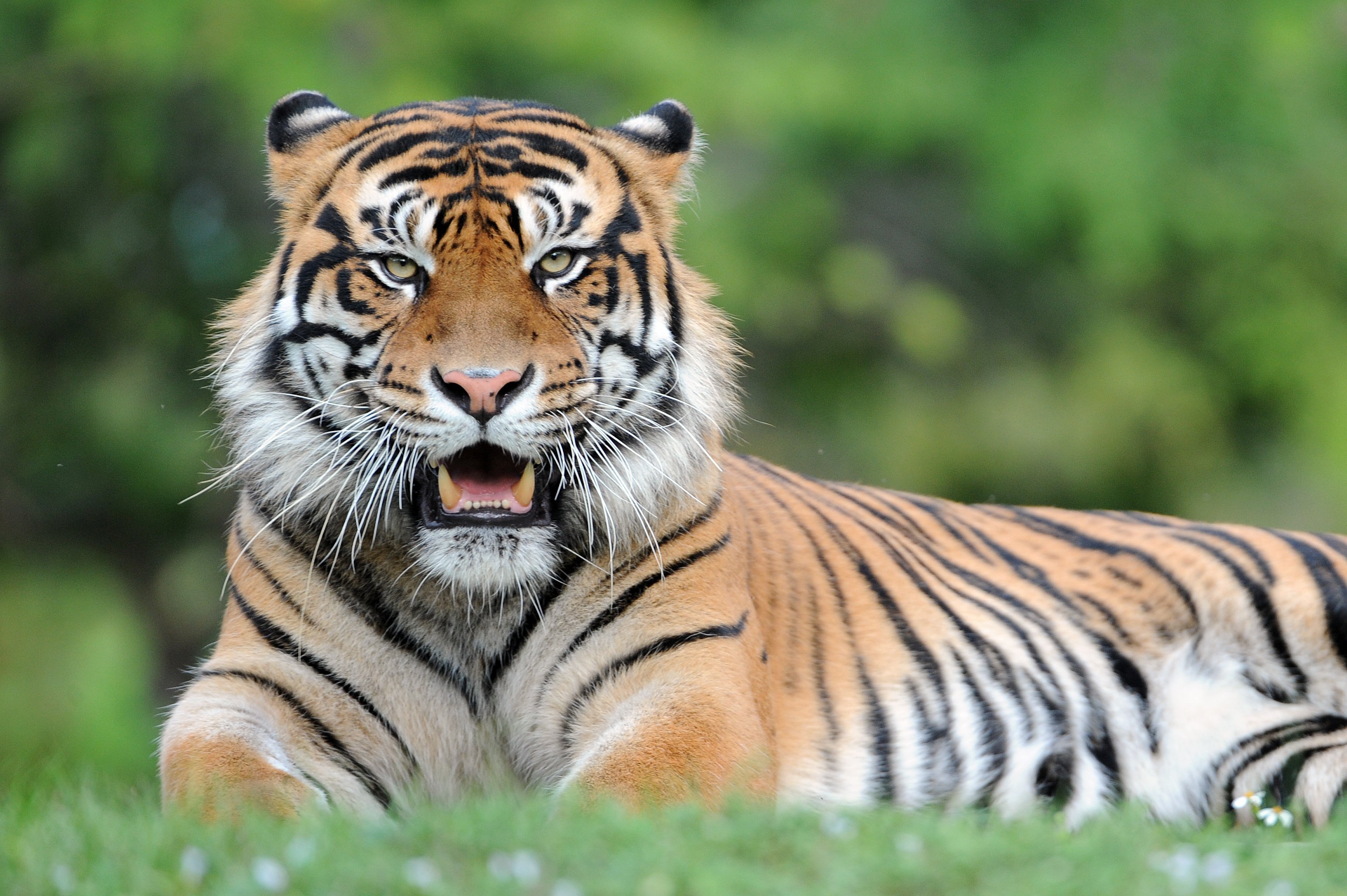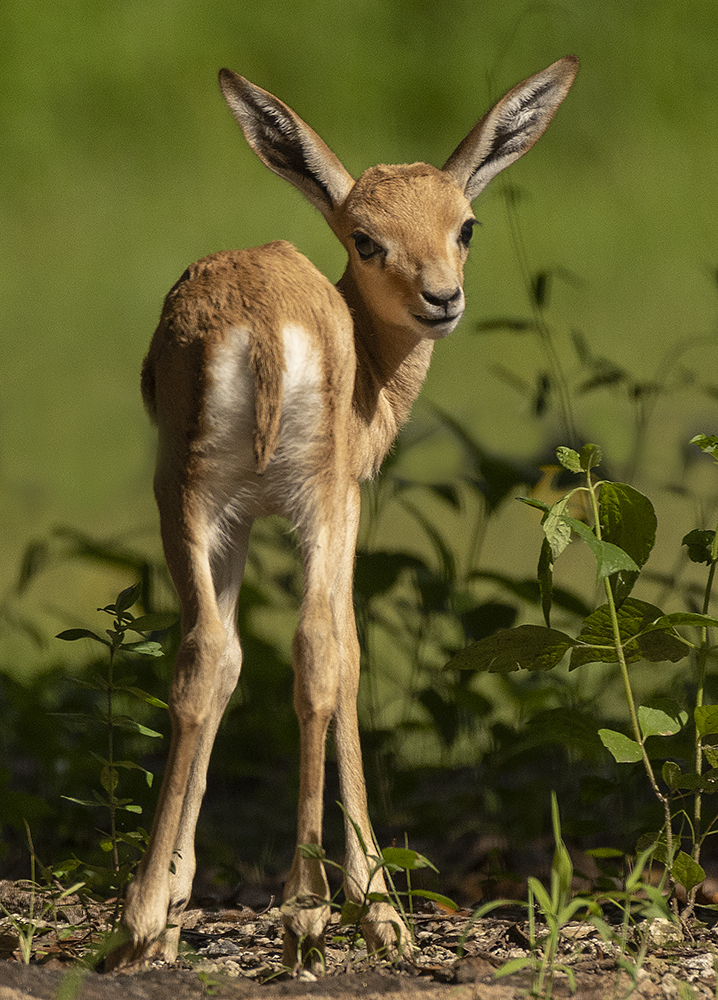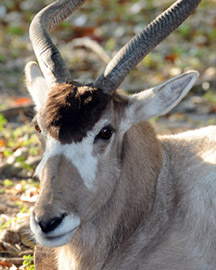
Upgrade Your Experience Today
New and exciting things are coming to Zoo Miami!

Directions To Zoo Miami
Find Your Way
An easy day trip with family or friends, Zoo Miami is conveniently located off Florida Turnpike's Exit 18 on the way to other great points of interest in South Florida, including the Everglades and the Florida Keys.
Zoo Miami
12400 SW 152 St.
Miami FL, 33177
Public Transportation
Zoo Bus: For schedules and fares, call Miami-Dade Transit at 305-770-3131 or click here.
As of July 2016, the public bus no longer stops at the zoo's main entrance during weekdays. The closest bus stop is on SW 124 Avenue and 152 Street, which is 2 miles (approx. 40 minutes walking) from the main entrance one way. Please contact us at 305-251-0400, ext. 0 or 305-278-4929 between the hours of 10 a.m. and 4 p.m. for a complimentary ride to the entrance. We apologize for the inconvenience and appreciate your patience and understanding.
Miami-Dade Transit offers public bus service into the Zoo on weekends and the six major holidays. The service, via bus route 252, will be hourly between approximately 9 am and 6 pm. The six major holidays are New Year’s Day, Memorial Day, July 4th, Labor Day, Thanksgiving Day, and Christmas Day.
Thank you to Miami Charter Bus Company for their generous support of Zoo Miami Foundation and Zoo Miami's Bald Eagle habitat.
Zoo Rules
-
Rule Number One: ENJOY YOUR VISIT!: The Zoo is a wonderful place to explore, learn, and relax. Our few rules help ensure an enjoyable and safe experience.
-
Be kind to the animals. If you harass or do something intentionally to harm an animal you will be escorted out of the zoo.
-
Crossing any barriers for any reason may result in prosecution.
-
Straws, balloons, skateboards, skates, bicycles, scooters, radios, glass containers, fireworks, balls, and frisbees are not permitted.
-
Sorry, no pets. Service animals specifically trained to aid a person with a disability are welcome (While Emotional Support Animals or Comfort Animals are often used as part of a medical treatment plan as therapy animals, they are not considered service animals under the ADA).
-
Feeding animals is prohibited in all areas of the zoo unless specifically stated (giraffe, parrot). Our animals have scientifically formulated diets to ensure their health and well-being. You may feed animals in those areas where feed is on sale from the zoo, but only and exclusively with the feed provided by the zoo.
-
For your safety and to help preserve our valuable plant and tree collection, please stay on the pathways. Do not pick any plants or leaves.
-
Speak nicely. Vulgar, profane or disrespectful language is not allowed.
-
Sorry, food and drinks cannot be brought into the Zoo. Picnic tables outside the entrance are available for your use.
-
No distribution of printed literature of any kind in or at the zoo.
-
For the safety and comfort of our guests and animals, smoking is only permitted in designated areas. These designated areas are conveniently located throughout the Zoo and are clearly marked.
Please note that visitors to Zoo Miami may be photographed or videotaped during their visit. Their likeness may be used for marketing, advertising or public relations purposes without compensation.
Find Your Way Around the Zoo
Explore our interactive map below to learn more about our exhibits here at Zoo Miami. Click on any orange circle marker to learn more about our animals!



Harpia harpyja
Harpy Eagle
Harpy Eagles are the largest South American eagle. They are powerful enough t...

Phoenicopterus ruber
American Flamingos
Flamingos live in large flocks of up to thousands of birds. Flamingos are col...

Crocodylus rhombifer
Cuban Crocodile
These critically endangered crocodilians only live on the island of Cuba!

Crocodylus intermedius
Orinoco Crocodile
Orinoco crocodiles are critically endangered in the wild. Zoo Miami is proud ...

Chelonoidis nigra
Galapagos Tortoise
Galapagos tortoises are the largest living tortoises, moving slowly at a rate...

Suricata suricata
Meerkat
While the family is out foraging, one or more meerkats will take on the duty ...

Tragelaphus derbianus
Giant Eland
Giant Eland are the largest of the eland species and have large twisted horns...

Tragelaphus eurycerus
Eastern Mountain Bongo
Bongo are a forest-dwelling antelope species native to Sub-Saharan Africa. Th...

Bos frontalis
Indian Gaur
The gaur is the largest species of wild cattle in the world. Gaurs possess st...

Ateles geoffroyi
Black-handed Spider Monkey
Black-handed spider monkeys spend the majority of their time up in the canopy...

Phascolarctos cinereus
Koala
Koalas are small tree-dwelling mammals who spend their entire day hanging ont...

Bubalus depressicornis
Lowland Anoa
One of the smallest wild cattle species, anoas are usually solitary but can b...

Melursus ursinus
Sloth Bear
Sloth bears are an insectivorous bear species native to the Indian subcontine...

Panthera tigris sumatrae
Sumatran Tiger
Sumatran tigers are only found on the Indonesian island of Sumatra. They are ...

Nomascus leucogenys
White Cheeked Gibbon
These endangered primates are found in the canopy of tropical forests in Sout...

Symphalangus syndactylus
Siamang
Siamangs move through the forest via brachiation. Their extra-long arms—with ...

Phacochoerus africanus
Warthog
As their name suggests, warthogs have facial warts, three pairs to be exact: ...

Panthera onca
Jaguar
Jaguars are night stalkers that prefer to ambush their prey rather than chase...

Myrmecophaga tridactyla
Giant Anteater
The giant anteater has no teeth; instead it has a specialized narrow tongue a...

Equus grevyi
Grevy's Zebra
With its big head, large rounded ears, and erect bristly mane, the Grevy zebr...

Okapia johnstoni
Okapi
Okapis are the only living relative of the giraffe, having similar physical c...

Tragelaphus angasii
Nyala
Nyalas live in thickets, forest, open-thicket woodlands, grasslands, usually ...

Endangered
Chimpanzee
Chimpanzees eat an extremely varied diet that includes fruit, leaves, flowers...

Critically Endangered
Lowland Gorilla
Western lowland gorillas live in troops ranging from 3 to 21 individuals.

Choeropsis liberiensis
Pygmy Hippopotamus
In order for pygmy hippos to maintain cool in the humid rainforest, they have...

Oryx leucoryx
Arabian Oryx
This antelope has a distinct shoulder bump, long, straight horns, and a tufte...

Cuon alpinus
Dhole
Learn more about this Asian wild dog.

Hippotragus niger
Sable Antelope
The sable antelope is one of the most majestic antelopes.

Camelus bactrianus
Bactrian Camel
Learn about these animals are native to China and Mongolia, and critically en...

Camelus dromedarius
Dromedary Camel
Dromedary camels only have one hump on their back, and it is actually filled ...

Neofelis nebulosa
Clouded Leopard
The clouded leopard has flexible ankle joints which rotate backward which let...

Meet Gladys & Pip
Slender Horned Gazelle
These gazelles are endangered because they are hunted for their horns.

Crocuta crocuta
Spotted Hyena
Spotted hyenas have good hearing and sharp eyesight at night, both of which t...

Panthera leo
Lion
Lions are the only cats to live in groups. These groups are called prides and...

Rhinoceros unicornis
Greater One-Horned Rhinoceros
Learn about this vulnerable species that resides in swamps and grasslands.

Elephas maximus
Asian Elephant
Our Asian elephants bring new meaning to the word "big personality." Like all...

Giraffa camelopardalis
Giraffe
Long-necked, long-legged and spotted, giraffes easily hold the record for the...

Feeding Time: 2pm
African Elephants
Known for their huge bodies, unique trunks, and long lives, elephants are the...

PLANNING YOUR VISIT
Purchase tickets online
Tickets that require a photo ID to receive a discount, such as military, reciprocal zoo members, senior citizens, etc., must be purchased onsite at the Ticketing Building. Due to limited capacity, we recommend that you arrive when the zoo first opens at 10 a.m. Guests that need to make changes to their tickets should contact zoomiami@miamidade.gov or 305-251-0400, ext. 0, 24 hours before their scheduled visit date.

















.jpg)